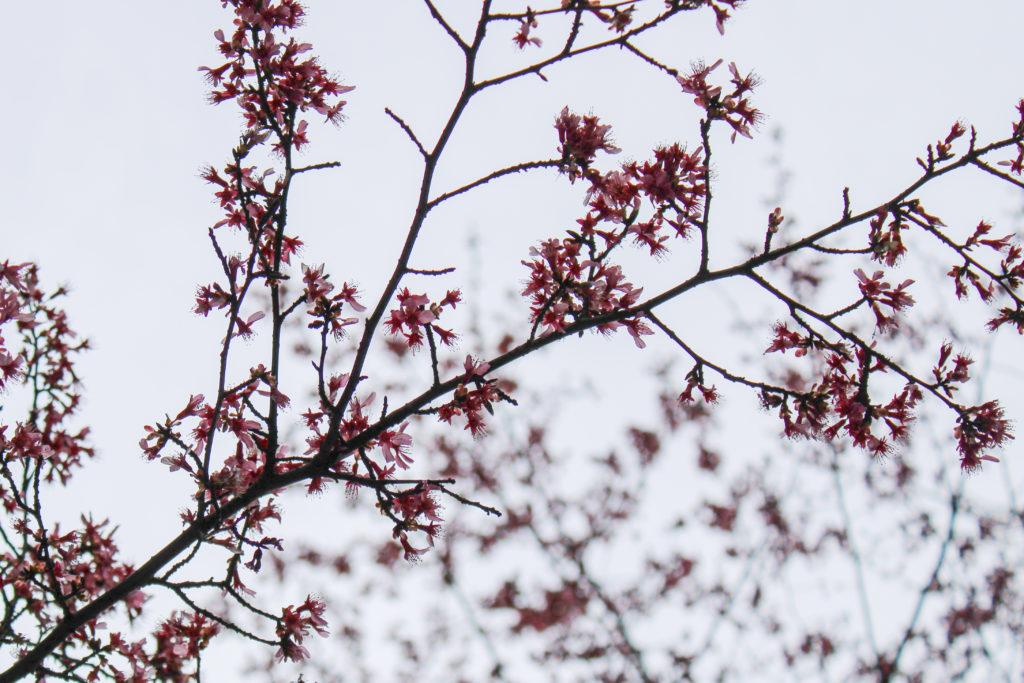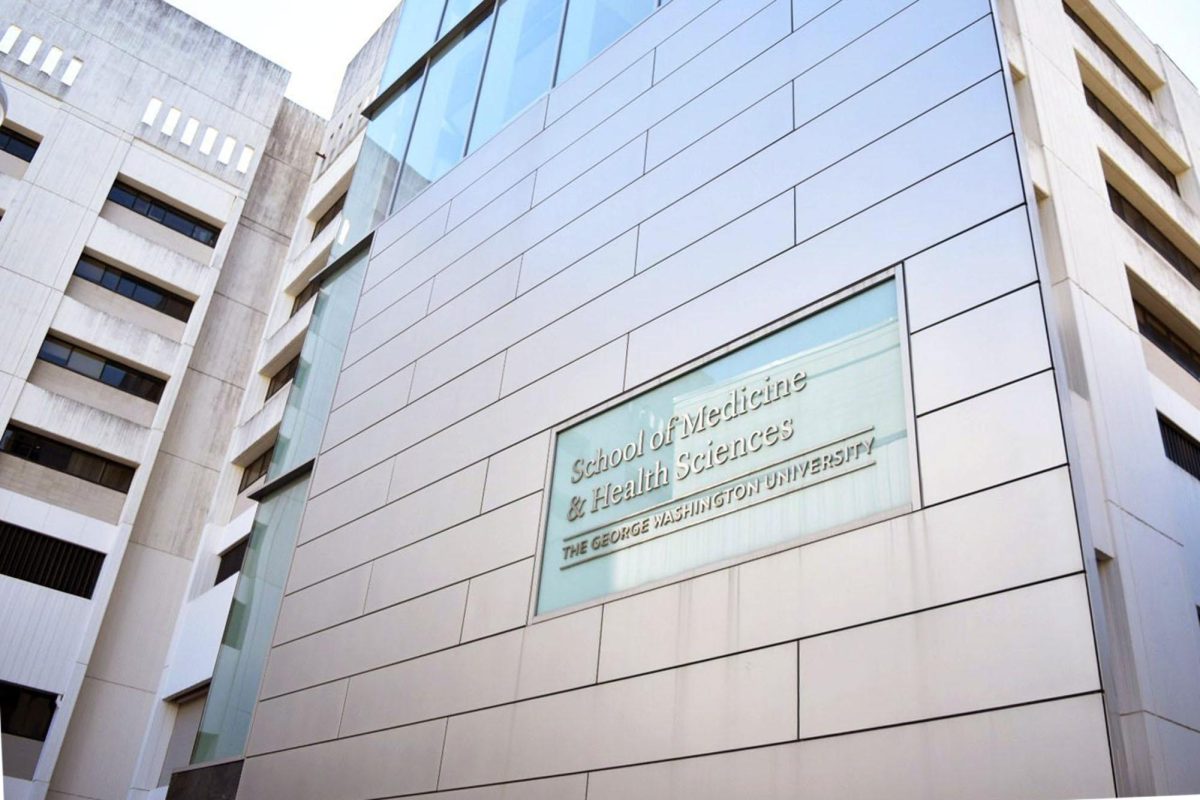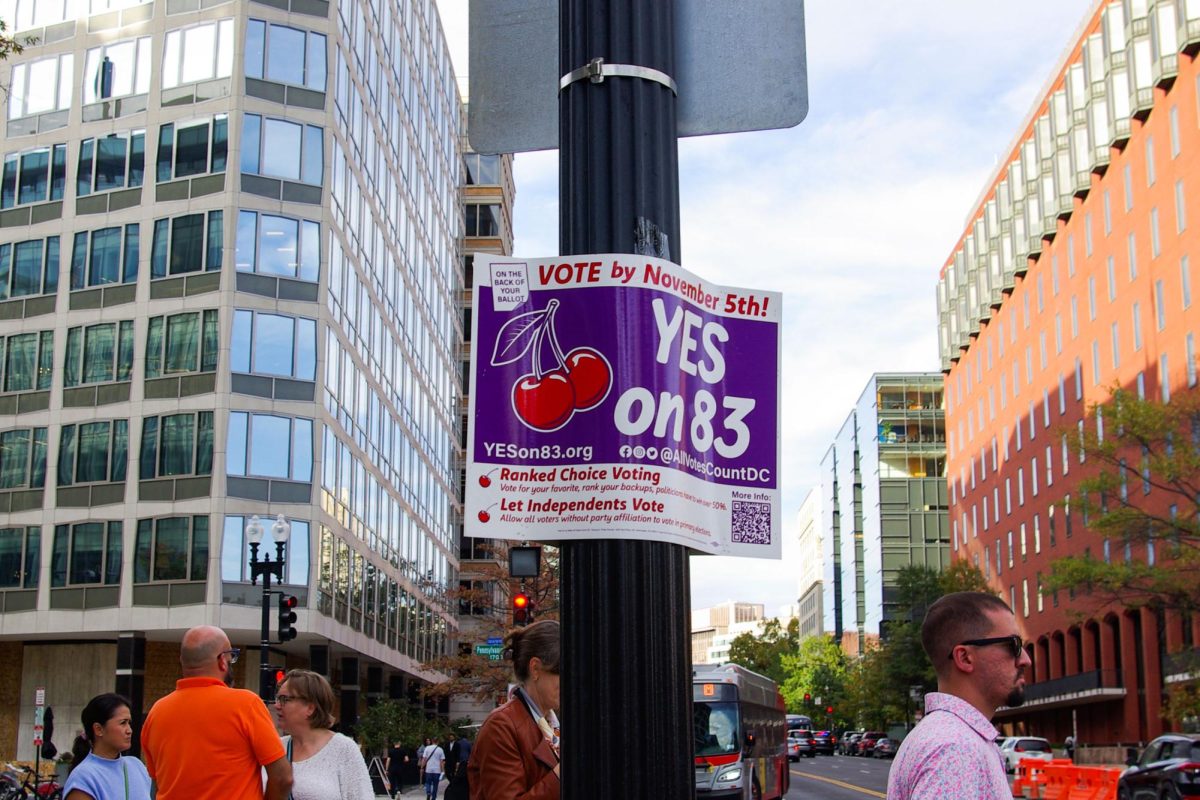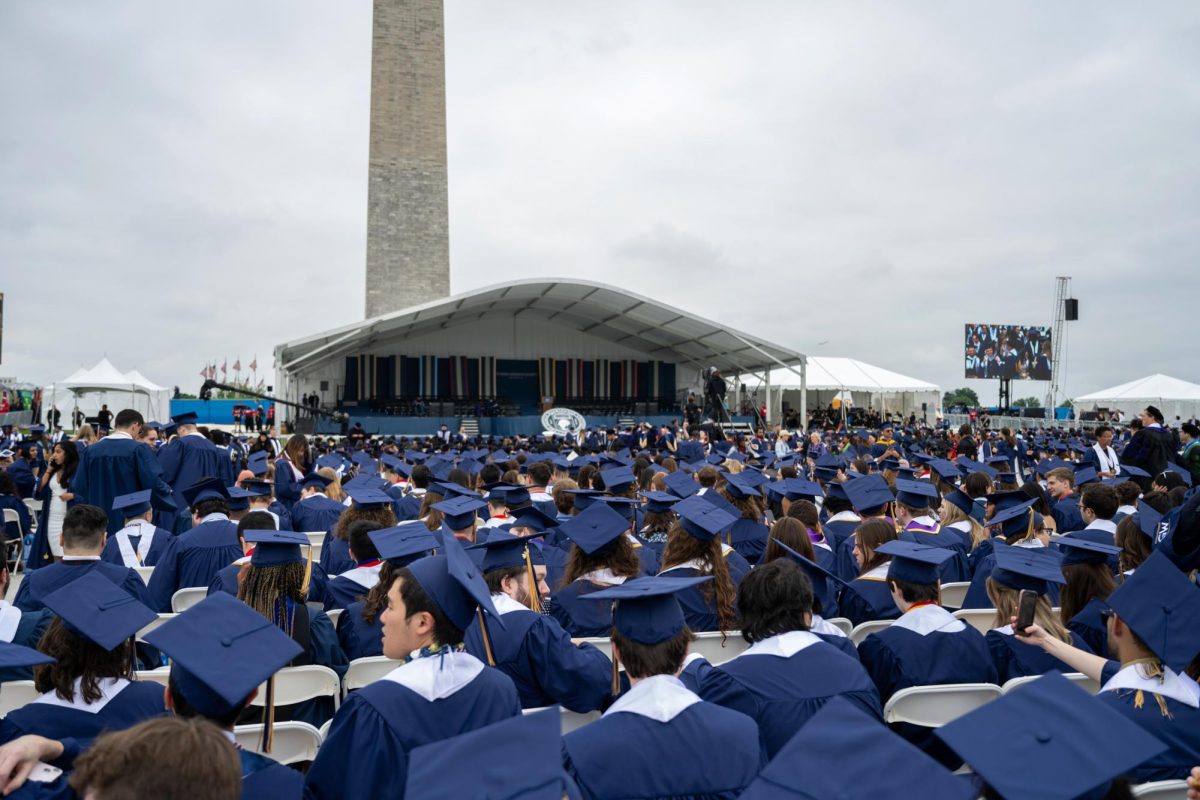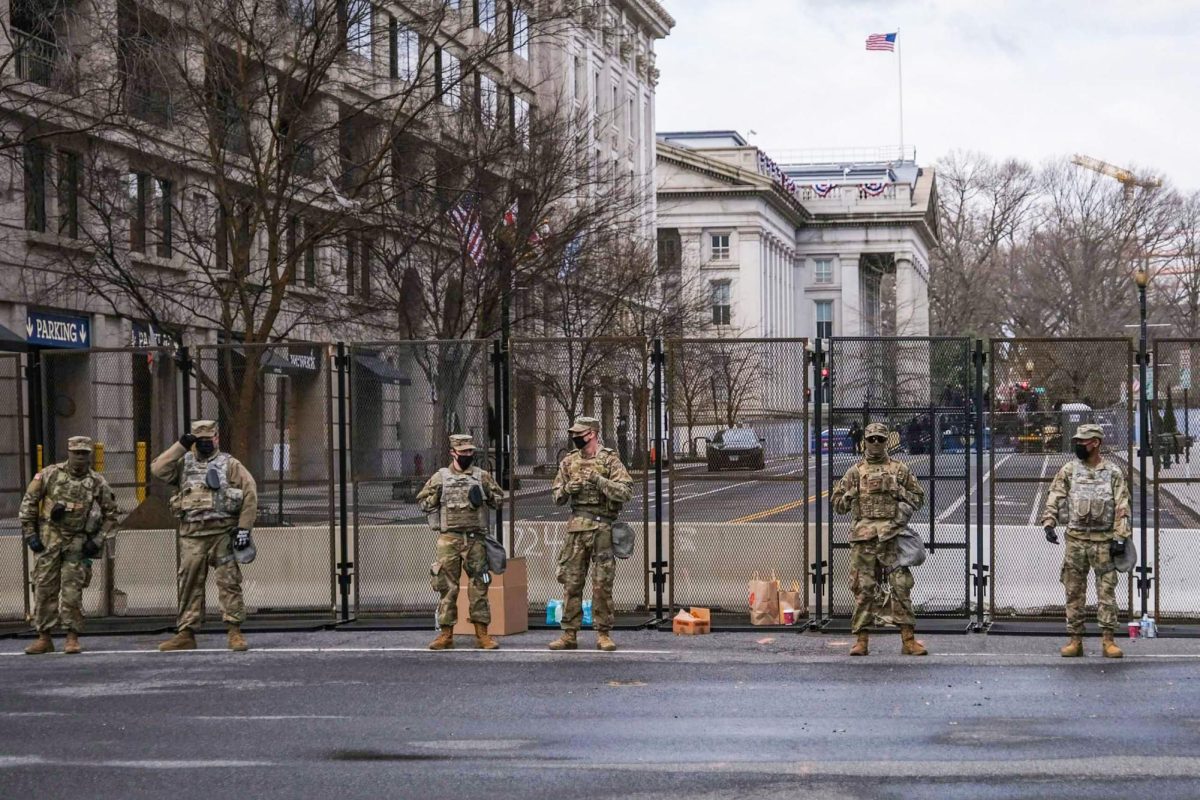Record-breaking winter temperatures have pushed the District’s cherry trees on the path to an early bloom, which experts said is a symptom of climate change’s ongoing effects on D.C.’s local ecosystem.
Cherry trees across D.C. started blossoming as early as Feb. 17, roughly two weeks earlier than usual, according to an ABC News report. Experts in horticulture and climate studies said warmer temperatures are likely the cause behind the early bloom, but they can also leave room in the winter for late frosts, which can kill off cherry blossoms prematurely.
National Park Service spokesperson Mike Litterst said NPS will announce the expected peak bloom date Wednesday, but NPS expects the trees to bloom in mid to late March because of the warm weather, which can awaken the trees and cause them to bloom. Peak bloom, where more than 70 percent of the trees’ blossoms are open, typically occurs during the last week of March or the first week of April, according to NPS.
“The historic average date of peak bloom is April 4; we certainly expect to be earlier than that this year, probably mid to late March,” Litterst said in an email.
Since 1921, the cherry trees along D.C.’s tidal basin have gradually reached peak bloom seven days earlier than the initial average peak bloom date of April 4, according to the Environmental Protection Agency.
The indicator cherry tree – a tree that the NPS planted near the Tidal Basin to bloom 10 days earlier than the rest of the trees in the area to predict yearly bloom dates – started budding around Feb. 15, about two weeks ahead of schedule due to warmer weather. Forecasting the trees’ peak bloom more than 10 days in advance is “almost impossible” due to unpredictable weather, like D.C.’s sporadic temperatures that hit 80 degrees Thursday before dropping to a snowy 30 degrees Saturday, according to NPS’s website.
D.C. has had the warmest start to a year on record in 2023, with the average temperature hanging at 45 degrees since the start of January, according to the Washington Post’s Capital Weather Gang. The 80-degree high temperature Thursday is only the fourth time on record that temperatures have hit 80 degrees in D.C. in February.
In 1909, Japanese chemist Jokichi Takamine and Tokyo Mayor Yukio Ozaki gave more than 2,000 cherry trees after federal officials expressed interest in planting cherry trees around D.C. In 1910, however, the Department of Agriculture found the trees were infested with insects and disease so the department burned them down.
Ozaki requested the Japanese government make a second donation of disease-free trees to the United States, and more than 3,000 trees arrived in 1912. The planting of the trees lasted until 1920 and took place along the Tidal Basin and on White House grounds.
If the blossoms peak in mid-March, that would come ahead of the annual National Cherry Blossom Festival on March 20. The festival began in 1912 and will host its annual cherry blossom parade on April 15, according to the festival’s website.
Experts in horticulture and climate studies said warmer temperatures in the winter can lead to earlier bloom times in the cherry blossoms and other fruit trees.
Richard Marini – a former professor of horticulture at Penn State University – said in the late 1990s and early 2000s, he started researching how an increase in the average minimum temperatures of winter and spring days leads to earlier bloom times in fruit trees. He said temperatures in the ’50s or ’60s in D.C. over the course of the next few weeks will influence the blooming dates of the cherry blossoms.
Marini said if the next few weeks are warmer than usual, the chance for an early bloom is high, but colder weather could push the bloom date closer to or later than the yearly average.
He said trees are dormant in the fall because of shorter days and cooler temperatures, providing the perfect period for the “chilling” of a tree in preparation for the spring bloom. He said trees and agricultural crops can bloom too early if warmer temperatures shorten the chilling period.
“What we’re going to see, though, is as global warming continues, probably we’re going to see trees blooming earlier than they do now,” Marini said.
Rachael Jonassen, an associate research professor in the School of Engineering and Applied Sciences and the College of Professional Studies, said urban cities like D.C. can trap more heat than rural areas, exacerbating the effects of climate change. She said the asphalt and concrete store energy and increase heat in urban settings.
“Some plants are sensitive to the ground temperatures, for example, and so if the ground temperatures are warmer, that may lead to them sprouting earlier,” Jonassen said.
Ingrid Zabel, the climate change education manager at the Paleontological Research Institution, said researchers have released more studies in the last decade on how warmer winter temperatures can cause earlier blooms in trees because of their negative impact on U.S. agriculture. She said trees that undergo early bloom are at risk for unexpected weather like late frosts which can harm tree crops like apples or peaches.
She said when bloom times become “unpredictable” because of climate change, it can interfere with planning for festivals, like the National Cherry Blossom Festival in D.C., which will in turn impact tourist revenue in the city. Zabel said the solution to stopping trees from blooming too early is to cut carbon emissions and reverse climate change, which many climate researchers say is achievable, but a long-term solution is yet to be determined.
“That uncertainty too, if you have more extremes like extremely warm winters or extremely early springs, it makes it more unpredictable, and that makes it hard for people to plan whether it’s a festival or whether you’re a farmer,” Zabel said.
Armen Kemanian, a professor of plant science at Penn State University, said perennial trees, like the cherry blossom trees, bloom around the same time each year when temperatures are consistent throughout their dormant winter months. He said when the trees start blooming earlier than normal, they can alter the bloom times in future years.
He said the trees will usually realign in the fall as the buds enter dormancy again, but unpredictable temperatures can destabilize long-term bloom patterns.
“The cherries that were planted there were adapted to the conditions of the past essentially, and conditions are changing,” Kemanian said. “They are changing before our eyes.”


